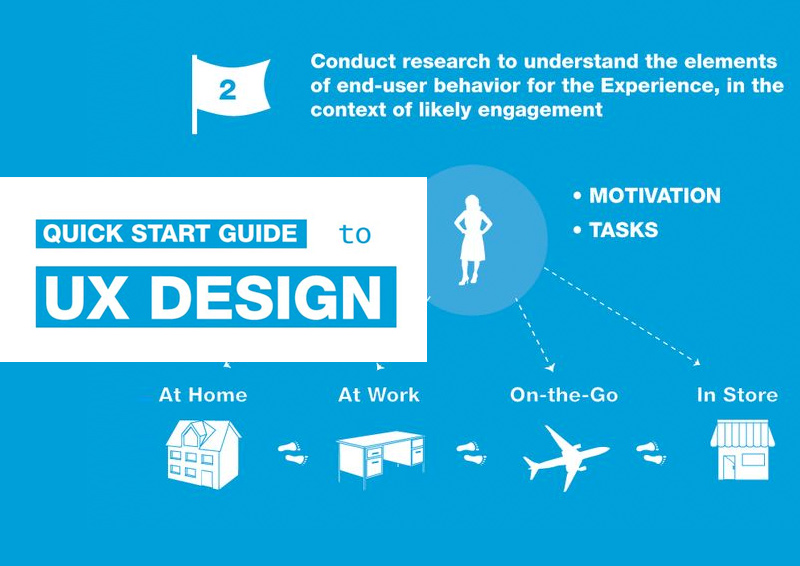Eager To Find How Website Layout Has Changed Over Time? Dive Into The Development From Simpleness To User-Focused Experiences.
Eager To Find How Website Layout Has Changed Over Time? Dive Into The Development From Simpleness To User-Focused Experiences.
Blog Article
Posted By-Solis Bowles
In the past, web sites were easy and concentrated on info. Navigation was direct, and style was for desktops. Now, customer experience is crucial. Information guides layouts for very easy navigating. Responsive layouts suit different devices. Today, dark setting decreases strain, and minimal menus boost navigation. Interactive features engage users, and strong visuals stick out. AI integration enhances involvement. See how design has actually advanced to boost your on-line trip.
Early Days of Web Design
In the early days of web design, simplicity preponderated. https://www.forbes.com/sites/forbesagencycouncil/2021/06/28/four-seo-tips-to-help-personal-injury-law-firms-gain-a-competitive-advantage/ were basic, with limited shades, typefaces, and layouts. The focus got on supplying details instead of flashy visuals. Users accessed the web with slow-moving dial-up links, so speed and performance were crucial.
Navigating menus were straightforward, typically situated at the top or side of the web page. Internet sites were made for desktop computers, as mobile browsing wasn't yet common. Web content was king, and developers prioritized very easy readability over complicated layout elements.
HTML was the main coding language made use of, and designers had to function within its restraints. Animations and interactive functions were minimal contrasted to today's standards. Websites were static, with little dynamic content or individualized customer experiences.
Rise of User-Focused Style
With the advancement of site layout, a change in the direction of user-focused style principles has ended up being significantly famous. Today, creating internet sites that prioritize user experience is crucial for engaging visitors and accomplishing business goals. User-focused layout involves recognizing the needs, preferences, and behaviors of your target audience to tailor the site's design, web content, and features appropriately.
Designers currently perform detailed research, such as customer studies and functionality screening, to collect understandings and responses straight from individuals. This data-driven approach helps in creating intuitive navigation, clear calls-to-action, and visually attractive interfaces that reverberate with visitors. By placing the user at the center of the style procedure, internet sites can provide an extra individualized and satisfying experience.
Responsive design has also emerged as an essential facet of user-focused design, guaranteeing that websites are optimized for different gadgets and display dimensions. This flexibility boosts availability and use, dealing with the diverse ways individuals connect with internet sites today. Essentially, the rise of user-focused layout represents a change towards producing electronic experiences that focus on the requirements and assumptions of completion individual.
Modern Trends in Website Design
Explore the most recent trends forming website design today. One famous pattern is dark setting layout, offering a sleek and modern look while reducing eye strain in low-light settings. An additional vital trend is minimal navigation, streamlining menus and enhancing individual experience by focusing on essential elements. Including micro-interactions, such as animated switches or scrolling effects, can develop an extra engaging and interactive web site. Responsive style stays vital, making sure smooth customer experiences throughout different gadgets. Additionally, using strong typography and asymmetrical formats can add aesthetic passion and draw attention to certain material.
Incorporating AI innovation, like chatbots for consumer support or individualized suggestions, boosts user involvement and simplifies procedures. Access has likewise come to be a significant fad, with designers focusing on comprehensive style methods to deal with diverse individual needs. responsive design by maximizing site performance for speed and performance is an additional arising fad in web design. Working together with customer comments and data analytics to repeat and improve layout continuously is necessary for remaining relevant in the ever-evolving electronic landscape. By accepting these modern-day fads, you can develop an aesthetically appealing, straightforward internet site that reverberates with your target market.
Conclusion
As you review the development of internet site style from the very early days to now, you can see just how user-focused design has come to be the driving pressure behind modern fads.
Embrace the trip of adjustment and adaptation in web design, always maintaining the user experience at the leading edge.
Remain current with the most recent trends and innovations, and never ever quit progressing your technique to develop visually sensational and straightforward web sites.
Evolve, adjust, and create - the future of web design is in your hands.
